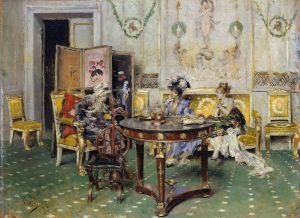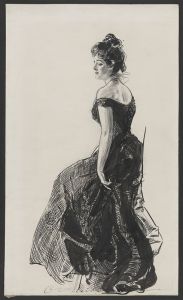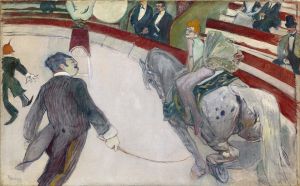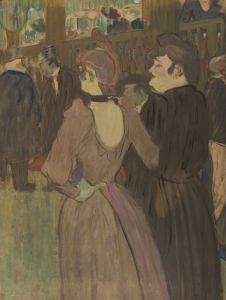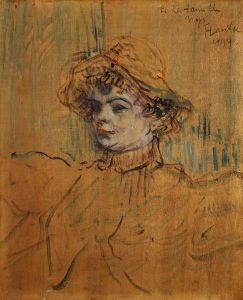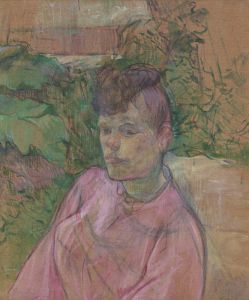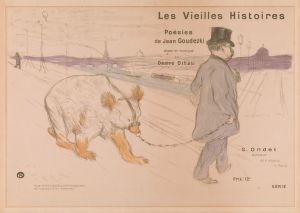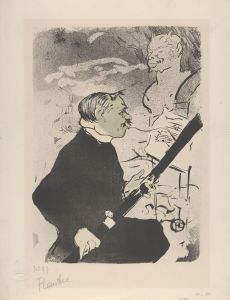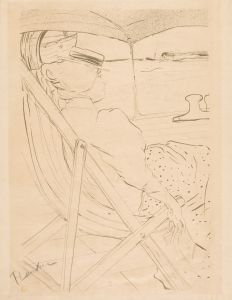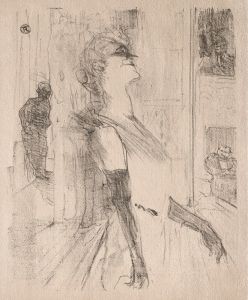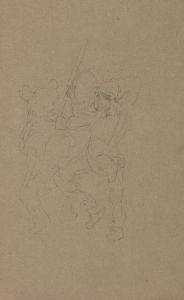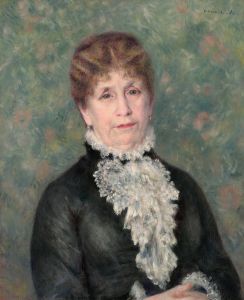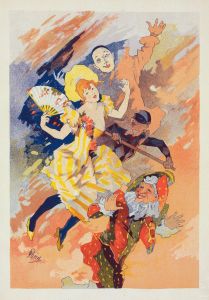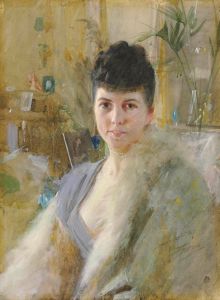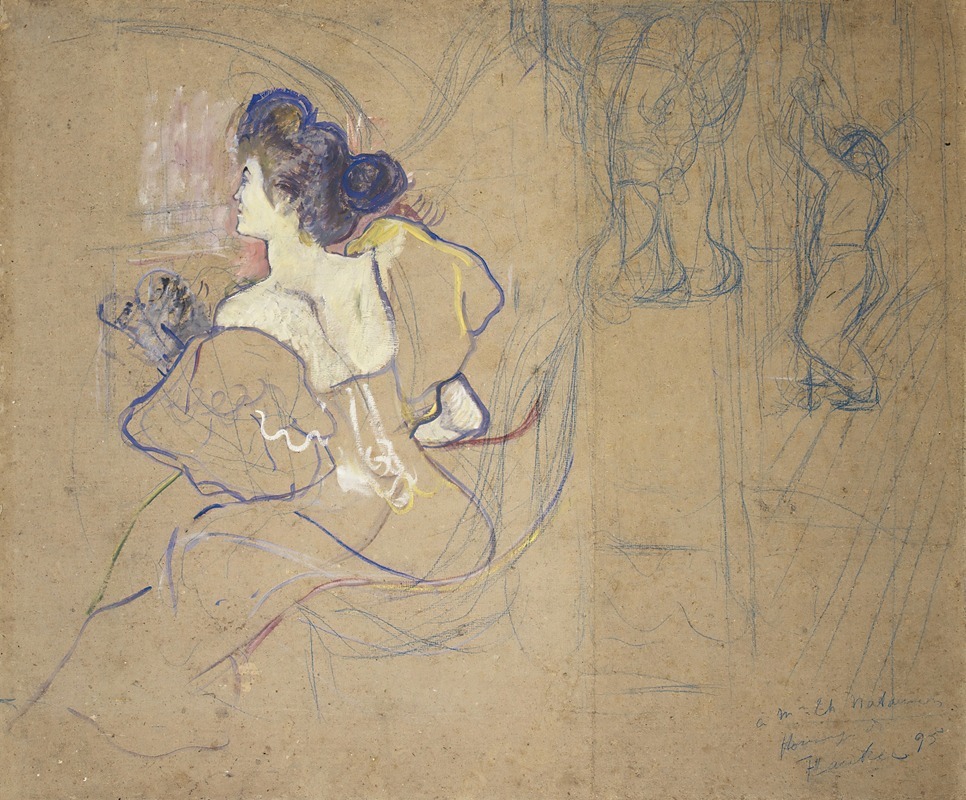
Madame Thadée Natanson at the Theater
A hand-painted replica of Henri de Toulouse-Lautrec’s masterpiece Madame Thadée Natanson at the Theater, meticulously crafted by professional artists to capture the true essence of the original. Each piece is created with museum-quality canvas and rare mineral pigments, carefully painted by experienced artists with delicate brushstrokes and rich, layered colors to perfectly recreate the texture of the original artwork. Unlike machine-printed reproductions, this hand-painted version brings the painting to life, infused with the artist’s emotions and skill in every stroke. Whether for personal collection or home decoration, it instantly elevates the artistic atmosphere of any space.
Henri de Toulouse-Lautrec, a prominent French painter and printmaker of the Post-Impressionist period, created the artwork Madame Thadée Natanson at the Theater. This painting depicts Misia Natanson, a notable figure in Parisian cultural circles during the late 19th and early 20th centuries. Misia, born Maria Zofia Olga Zenajda Godebska, was a pianist and muse to many artists, writers, and musicians of her time. She was married to Thadée Natanson, the co-founder of the influential literary and artistic magazine La Revue Blanche.
The painting captures Misia Natanson in a theater setting, reflecting Toulouse-Lautrec's fascination with Parisian nightlife and entertainment venues. The theater was a recurring theme in his work, as it allowed him to explore the social dynamics and vibrant atmosphere of the era. Toulouse-Lautrec was known for his ability to portray his subjects with a keen sense of individuality and psychological depth, and this work is no exception.
The composition of the painting highlights Toulouse-Lautrec's characteristic style, which combines bold outlines, dynamic brushwork, and a focus on capturing the essence of his subject. The use of color and light in the artwork emphasizes the intimate and lively ambiance of the theater. Misia Natanson is depicted with elegance and poise, reflecting her status as a cultural icon and a central figure in the artistic community of the time.
Toulouse-Lautrec's relationship with the Natansons and their circle of friends was significant in his career. The Natansons were patrons of the arts and supported many avant-garde artists, including Toulouse-Lautrec. Their magazine, La Revue Blanche, played a crucial role in promoting modern art and literature, and Toulouse-Lautrec contributed illustrations to the publication.
This painting is an example of Toulouse-Lautrec's ability to blend portraiture with a broader social and cultural context. It not only captures the likeness of Misia Natanson but also provides a glimpse into the vibrant artistic and social milieu of fin-de-siècle Paris. Today, the work is appreciated for its historical significance and its contribution to the legacy of Toulouse-Lautrec as a chronicler of Parisian life.





